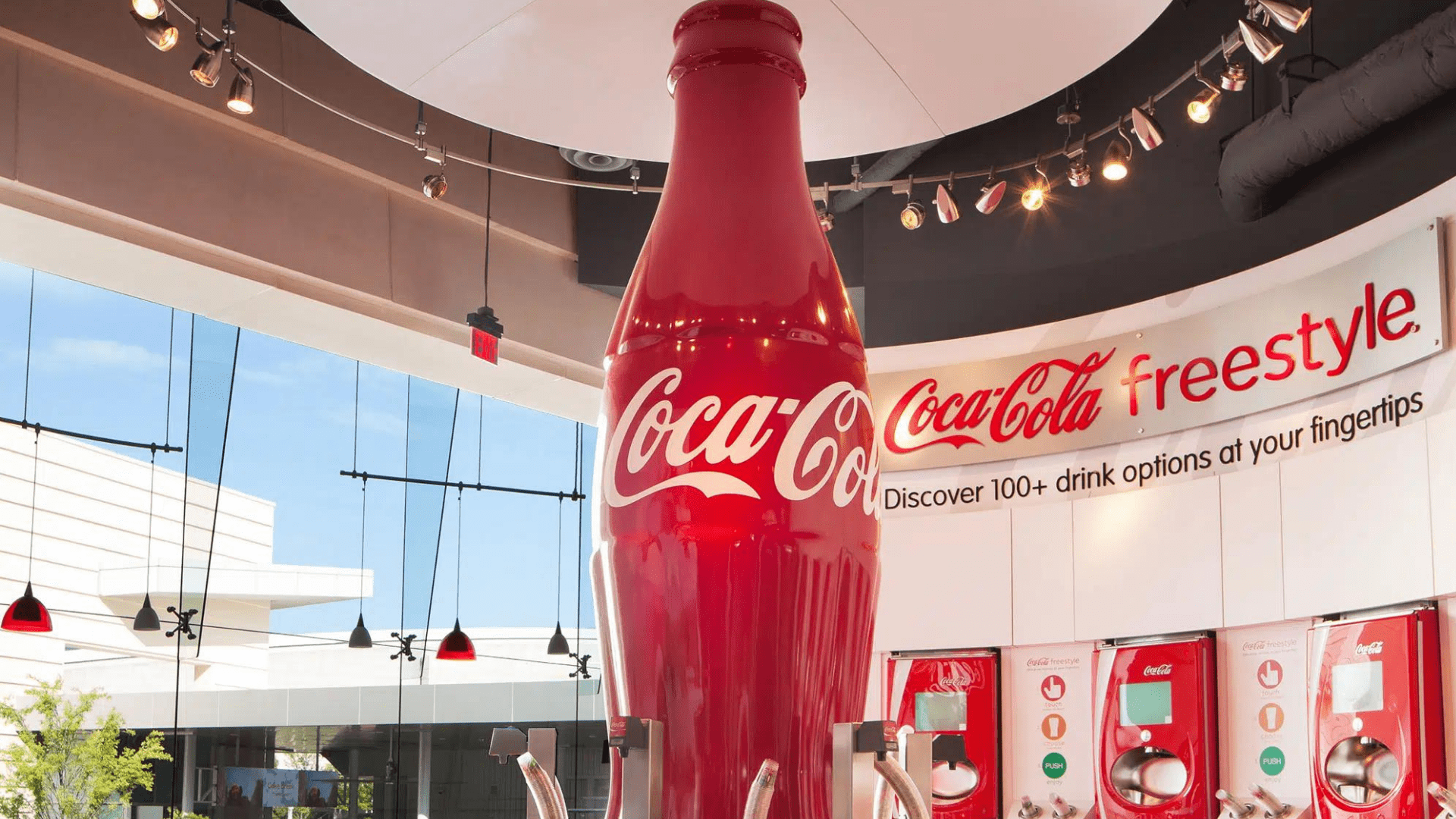News
Commonly Asked RFID Technology Questions

Think about the last time you used Apple Pay, got a soda from a Coca-Cola Freestyle machine, or used a badge to scan into your work building. RFID technology is what makes those things (and much more!) possible. Many of us benefit from RFID technology on a daily basis, we just don’t realize it.
RFID technology has been around for a long time; in World War II, it was used to identify fighter planes. Now, it is used in so many industries for so many things, from soda machines to highway tolls. Let’s dive into some of the most frequently asked questions about RFID technology, starting with the basics.
What does RFID stand for and how does it work?
RFID stands for Radio Frequency Identification. In short, RFID technology uses radiofrequency waves to transfer data, most often to track, identify, or locate an object. The two main components of an RFID system are the RFID tag and RFID reader. We will talk more about each component next.
What are RFID tags?
RFID tags are the component of RFID systems that communicates information to the RFID reader via an antenna. They are typically small and square, and you have most likely seen them on clothing tags at some point. These tags attach to an object, collect information, and send it to the reader.
Let’s take the Coca-Cola Freestyle machine, for example. Each machine contains individual flavor cartridges, and each cartridge has an RFID tag. These tags can alert the reader if a cartridge is low, misaligned, or even more popular than other cartridges.
What are RFID readers?
RFID readers store data from RFID tags and trigger specific actions based on the information they receive. Sticking with the Coca-Cola Freestyle example, the RFID reader is the device that receives the information that a flavor cartridge is low. Upon receiving this information, the reader will alert a database that it is time for a new cartridge.
RFID readers come in all shapes and sizes, from hand-held scanning devices to larger box-like devices that scan cars on a toll road. Have you ever walked out of a store, only to have the security alarms go off? That can be the result of an RFID reader receiving a signal from an RFID tag. If the RFID tag was not deactivated upon purchasing, the reader will trigger an alarm response when it passes through.
How does RFID differ from barcoding technology?
RFID and barcoding technologies are similar but different. Unlike RFID technology, barcoding is a line of sight technology. This means that a scanner has to be able to see the full barcode in order to send and receive information. A perfect example is scanning items at the store. If you have ever gone through a self-checkout line, you have probably experienced how sensitive barcode scanners can be. You have to scan the barcode just right for it to ring up.
RFID technology, on the other hand, does not rely on sight. Instead, it can automatically read multiple tags within a certain proximity. Additionally, it does not rely on human handling. This streamlines processes and decreases room for error.
What information can be captured while using the tags?
RFID tags are most often used to capture information related to location and identification, but there is no limit to what other types of information they could capture. RFID tags can track:
- Inventory
- Highway tolls
- Athletes’ race times
- Patient information
- Where a package is
- The location of a micro-chipped pet
- If a Coca-Cola Freestyle cartridge is low or misaligned
- Vehicles
- Building access
- Supply chain logistics
- And so much more
What industries use RFID technology?
A better question might be this: Are there any industries that do not use RFID technology? The possibilities RFID technology bring are seemingly endless, proving to be extremely beneficial to the companies that take advantage of them. Here are just a few examples of how different industries utilize RFID technology.
- Retail: inventory, buying trends
- Warehousing: inventory automation
- Distribution: shipment tracking
- Military: supply management
- Automobile: keyless entry, push to start
- Hotel: room access
- Transportation: passports, toll roads, subway passes
- Veterinarians: pet microchipping
- Medical: patient tracking
- Finance: credit cards (tap to pay)
- Entertainment: wrist ticket bands, mobile tickets
- Education: student attendance, safe transportation
- Security: device location
RFID is a powerful supply chain technology that can drive efficiency and improve performance. Keep an eye out for RFID tags, and you might be surprised by how many you see on a daily basis.
We would love to answer any questions you have and help you optimize your business with RFID technology. Contact us today to get started. With over 20 years of experience helping customers find the best solutions for their supply-chain businesses, Liberty Systems is here to help you find the best solutions for yours.
